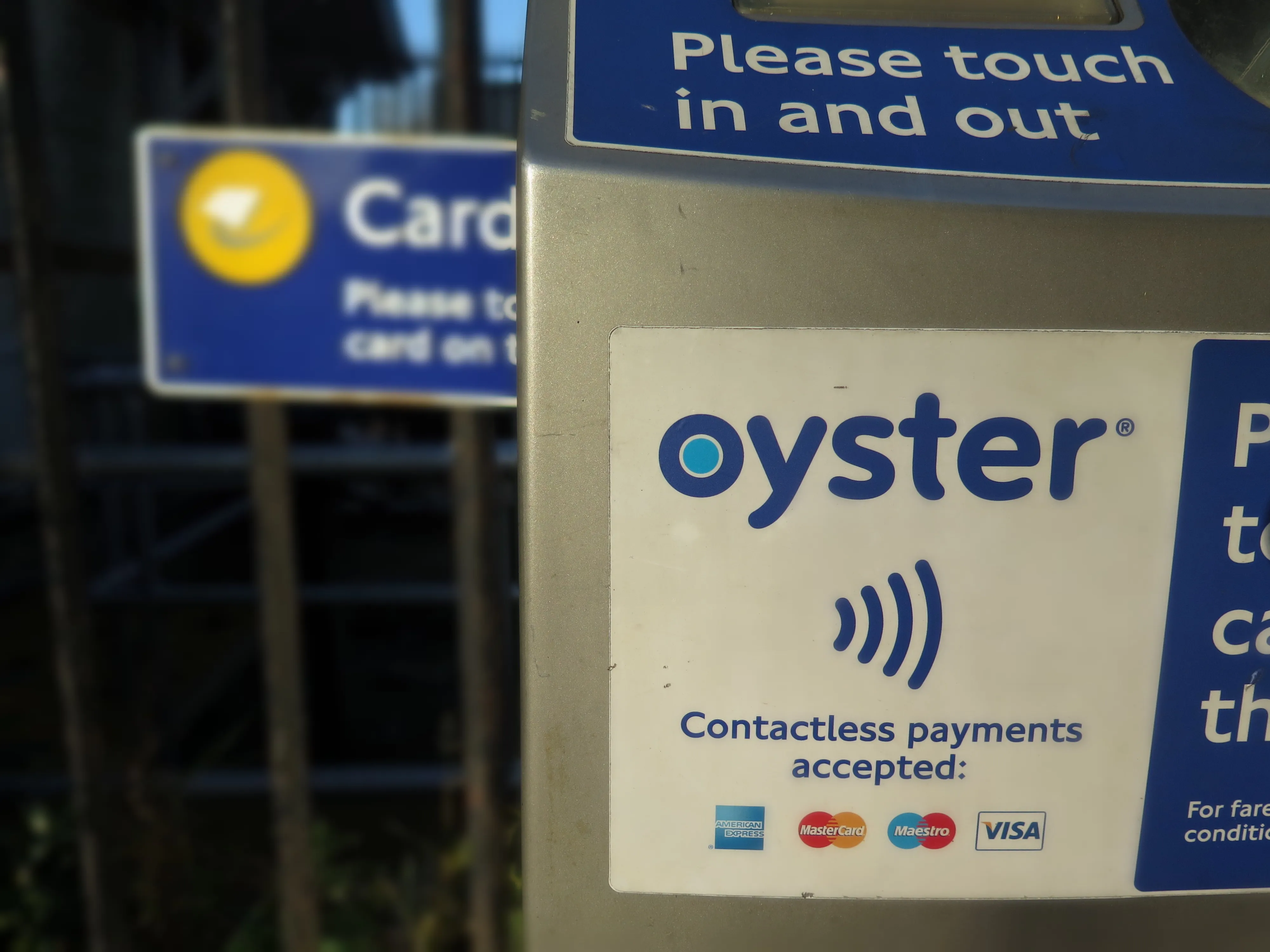A newly published Frost & Sullivan video report, The Future of Mobility summarises the key factors which impact the way people will move from door to door in the future and which will add a new dimension to the mobility behaviour of human beings. The video report highlights trends impacting mobility, presents future mobility solutions like car sharing, and mobility apps, providing door to door one stop shop journeys, and discusses and compares what organisations within the mobility eco-system are doing to e
October 14, 2013
Read time: 3 mins
A newly published Frost & Sullivan video report, The Future of Mobility summarises the key factors which impact the way people will move from door to door in the future and which will add a new dimension to the mobility behaviour of human beings. The video report highlights trends impacting mobility, presents future mobility solutions like car sharing, and mobility apps, providing door to door one stop shop journeys, and discusses and compares what organisations within the mobility eco-system are doing to embrace this change. The report also looks at latest developments in artificial intelligence, human augmentation, robotics, digitalisation and connectivity and how this will transform the mobility eco-system.
“Frost & Sullivan analysis discovered that every new car will be ‘connected’ by 2014, either via an embedded or tethered platform, making cars the third most connected “devices” behind mobile phones and tablet computers,” forecasts Frost & Sullivan senior partner and Global Practice Director Automotive and Transportation, Sarwant Singh. “A life changing impact of connectivity will be the driverless car, and no one other than Google is leading it. Google has pushed the car industry to develop autonomous driving and at the heart of its business model of driverless cars, is that cars are not owned anymore but shared. We expect very soon a company like Google or a car company to test run trials of twenty to thirty fully driverless cars in a shared business model within a small community to test the concept and prove to the world, that this technology is closer than we believe.”
The focus for car manufacturers therefore will have to be on finding ways to differentiate themselves. More and more drivers turn away from car ownership and become members of car sharing organisations, expecting the rented vehicle to be connected, fully equipped with latest safety and infotainment systems and driving on electricity.
“In order to stay competitive car companies have to provide value added services such as multi-modal journey planning, car sharing and services that make mobility much easier,” advices Mobility Programme Manager, Martyn Briggs from Frost & Sullivan.
This future mobility scenario leaves room for many similar ideas and is further influencing core transportation providers to consider new propositions to exploit the opportunities that mobility can bring.
Furthermore, the expansion of the list of stakeholders to include various technology or payment providers, and emerging third parties such as travel management companies and technology providers is leading to increased levels of collaboration and industry convergence beyond the traditional boundaries of transportation modes, with companies increasingly offering products and services outside of their core competencies, either directly or in partnership.
“We can expect more innovations in urban mobility in the future than in the car itself, and most innovations will be software and digitally driven” concludes Singh. “Mobility will be a key pillar in all car companies’ product line. The space however, will be a lot more congested and contested as it will open new lines of competition from the wider mobility eco-system.”
“Frost & Sullivan analysis discovered that every new car will be ‘connected’ by 2014, either via an embedded or tethered platform, making cars the third most connected “devices” behind mobile phones and tablet computers,” forecasts Frost & Sullivan senior partner and Global Practice Director Automotive and Transportation, Sarwant Singh. “A life changing impact of connectivity will be the driverless car, and no one other than Google is leading it. Google has pushed the car industry to develop autonomous driving and at the heart of its business model of driverless cars, is that cars are not owned anymore but shared. We expect very soon a company like Google or a car company to test run trials of twenty to thirty fully driverless cars in a shared business model within a small community to test the concept and prove to the world, that this technology is closer than we believe.”
The focus for car manufacturers therefore will have to be on finding ways to differentiate themselves. More and more drivers turn away from car ownership and become members of car sharing organisations, expecting the rented vehicle to be connected, fully equipped with latest safety and infotainment systems and driving on electricity.
“In order to stay competitive car companies have to provide value added services such as multi-modal journey planning, car sharing and services that make mobility much easier,” advices Mobility Programme Manager, Martyn Briggs from Frost & Sullivan.
This future mobility scenario leaves room for many similar ideas and is further influencing core transportation providers to consider new propositions to exploit the opportunities that mobility can bring.
Furthermore, the expansion of the list of stakeholders to include various technology or payment providers, and emerging third parties such as travel management companies and technology providers is leading to increased levels of collaboration and industry convergence beyond the traditional boundaries of transportation modes, with companies increasingly offering products and services outside of their core competencies, either directly or in partnership.
“We can expect more innovations in urban mobility in the future than in the car itself, and most innovations will be software and digitally driven” concludes Singh. “Mobility will be a key pillar in all car companies’ product line. The space however, will be a lot more congested and contested as it will open new lines of competition from the wider mobility eco-system.”









